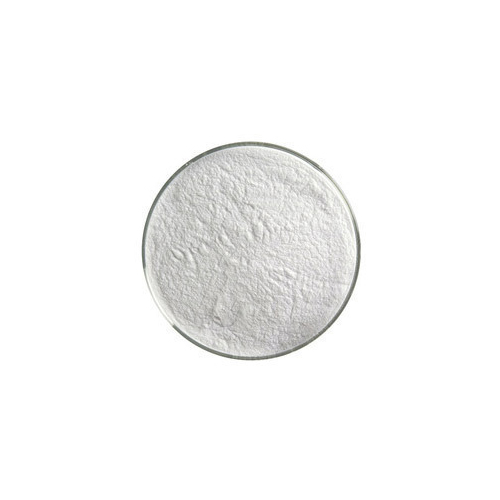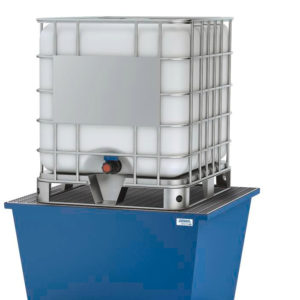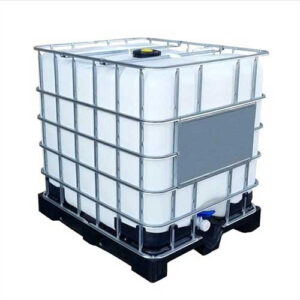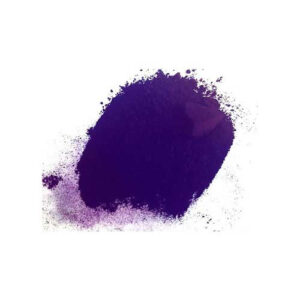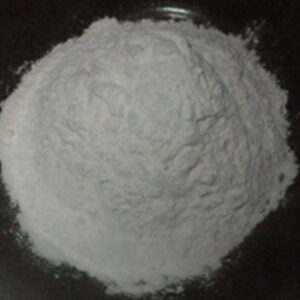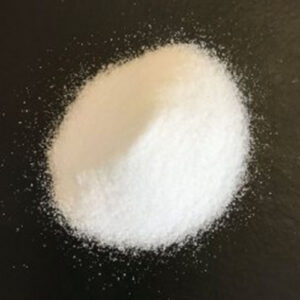Bismuth Subcarbonate:
Bismuth Subcarbonate BP Grade
Ph Eur
DEFINITION
Content: 80.0 per cent to 82.5 per cent of Bi (Ar 209.0) (dried substance).
CHARACTERS
Appearance: White or almost white powder.
Solubility: Practically insoluble in water and in ethanol (96 per cent). It dissolves with effervescence in mineral acids.
IDENTIFICATION
A. It gives the reaction of carbonates (2.3.1).
B. It gives the reactions of bismuth (2.3.1).
TESTS
Solution S: Shake 5.0 g with 10 ml of water and add 20 ml of nitric acid. Heat to dissolve, cool and dilute to 100 ml with water.
Appearance of solution: Solution S is not more opalescent than reference suspension and is colourless.
Chlorides: Maximum 500 ppm.
Nitrates: Maximum 0.4 per cent.
Alkali and alkaline-earth metals: Maximum 1.0 per cent.
Arsenic: Maximum 5 ppm.
Copper: Maximum 50 ppm.
Lead: Maximum 20.0 ppm.
Silver: Maximum 25 ppm.
Loss on drying: Maximum 1.0 per cent, determined on 1.000 g by drying in an oven at 105C.
Bismuth Subcarbonate USP Grade
Bismuth Subcarbonate contains not less than 97.6 percent and not more than 100.7 percent of (BiO)2CO3, calculated on the dried basis.
Packaging and storage: Preserve in well-closed containers, protected from light.
Identification: It responds to the tests for Bismuth 1and for Carbonate.
Loss on drying: Dry it at 105 to constant weight: it loses not more than 1.0% of its weight.
Chloride: 0.05%.
Limit of alkalies and alkaline earths: 1.0%.
Limit of nitrate: 0.4%.
Limit of silver: 0.0025%.
Arsenic: To pass the test
Limit of copper: 0.005%.
Limit of lead: The limit is 0.002%.

